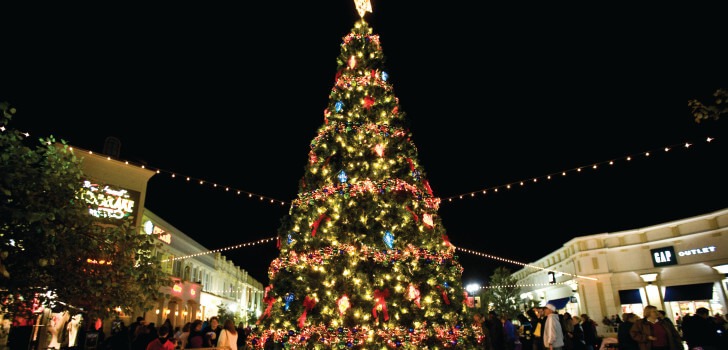The Christmas tree is a widely recognized symbol of the winter season that has been around long before the existence of Christianity. In ancient times, people believed that evergreen trees would keep away witches, ghosts, evil spirits and illnesses. The evergreen trees also served as a reminder that summer would once again soon return to the lands where winter snow had taken over.
Many ancient Egyptians believed that the trees represented a symbol of life triumphing over death. Similar practices were also carried out by the Romans, the Celts and the Vikings.
The country credited with starting the Christmas tree tradition as we know it today is Germany in the 16th century. Devout German Christians began bringing trees into their homes and decorating them. Protestant reformer Martin Luther is believed to be the first individual to add a lighting element to a Christmas tree, using cThe Christmas tree is a widely recognized symbol of the winter season that has been around long before the existence of Christianity. In ancient times, people believed that evergreen trees would keep away witches, ghosts, evil spirits and illnesses. The evergreen trees also served as a reminder that summer would once again soon return to the lands where winter snow had taken over.
Many ancient Egyptians believed that the trees represented a symbol of life triumphing over death. Similar practices were also carried out by the Romans, the Celts and the Vikings.
The country credited with starting the Christmas tree tradition as we know it today is Germany in the 16th century. Devout German Christians began bringing trees into their homes and decorating them. Protestant reformer Martin Luther is believed to be the first individual to add a lighting element to a Christmas tree, using candles.
By the 19th Century, most Americans found the idea of a Christmas tree to be somewhat odd and even a symbol of paganism. The first known Christmas trees that were put on public display in America were put out by German settlers in Pennsylvania in the year 1747. However, it wasn’t until the late 1840s that most Americans started viewing the trees as a festive element.
The American view of the Christmas tree largely changed in 1846 after the popular Queen Victoria was sketched in the London News standing around a Christmas tree with her family. This started the general rise of the Christmas tree in the United States. Still, it took a few decades for the practice to fully catch on.
By the 1890s, Americans started importing Christmas ornaments from Germany, as Christmas trees became the norm. While Europeans generally preferred shorter trees of about four feet in height, Americans wanted Christmas trees that would touch the ceilings of their homes.
By the early 20th century, Christmas trees were in full swing. The trees were decorated with handmade ornaments and sweets. The invention of electricity brought Christmas lights, allowing the trees to “glow” for days on end. From there, they started appearing in town centers across the country, and having a Christmas tree became a fundamental American tradition.
To this day, Christmas trees are still extremely popular with local designs and customs for the practice being used throughout the world. Today, the most popular varieties of Christmas trees include Scotch Pine, Douglas Fir, Fraser Fir, Balsam Fir, and White Pine.andles.
By the 19th Century, most Americans found the idea of a Christmas tree to be somewhat odd and even a symbol of paganism. The first known Christmas trees that were put on public display in America were put out by German settlers in Pennsylvania in the year 1747. However, it wasn’t until the late 1840s that most Americans started viewing the trees as a festive element.
The American view of the Christmas tree largely changed in 1846 after the popular Queen Victoria was sketched in the London News standing around a Christmas tree with her family. This started the general rise of the Christmas tree in the United States. Still, it took a few decades for the practice to fully catch on.
By the 1890s, Americans started importing Christmas ornaments from Germany, as Christmas trees became the norm. While Europeans generally preferred shorter trees of about four feet in height, Americans wanted Christmas trees that would touch the ceilings of their homes.
By the early 20th century, Christmas trees were in full swing. The trees were decorated with handmade ornaments and sweets. The invention of electricity brought Christmas lights, allowing the trees to “glow” for days on end. From there, they started appearing in town centers across the country, and having a Christmas tree became a fundamental American tradition.
To this day, Christmas trees are still extremely popular with local designs and customs for the practice being used throughout the world. Today, the most popular varieties of Christmas trees include Scotch Pine, Douglas Fir, Fraser Fir, Balsam Fir, and White Pine.
Stay Connected